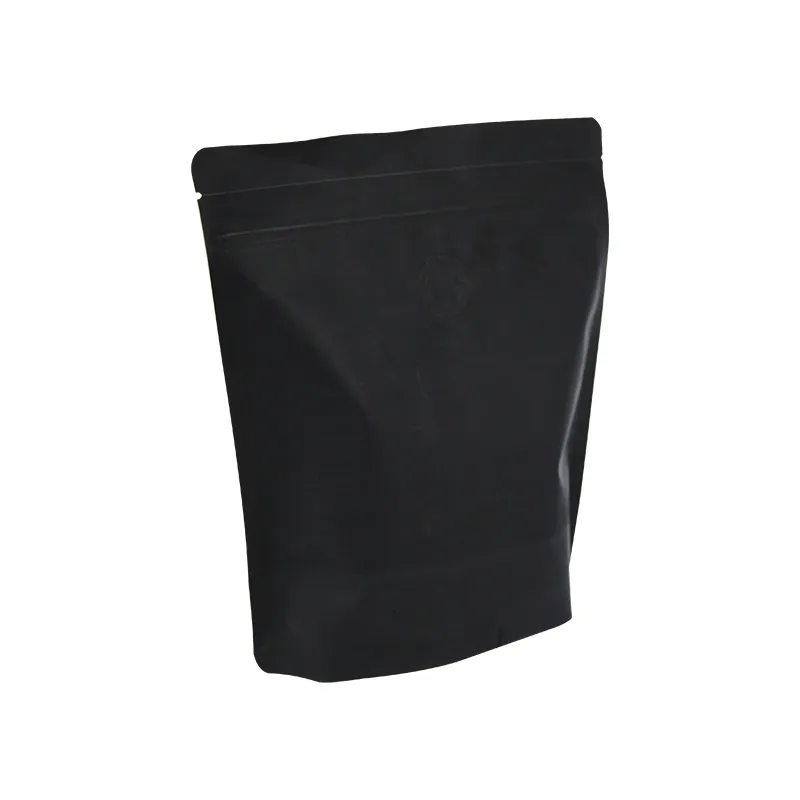- Afrikaans
- Albanian
- Amharic
- Arabic
- Armenian
- Azerbaijani
- Basque
- Belarusian
- Bengali
- Bosnian
- Bulgarian
- Catalan
- Cebuano
- chinese_simplified
- chinese_traditional
- Corsican
- Croatian
- Czech
- Danish
- Dutch
- English
- Esperanto
- Estonian
- Finnish
- French
- Frisian
- Galician
- Georgian
- German
- Greek
- Gujarati
- haitian_creole
- hausa
- hawaiian
- Hebrew
- Hindi
- Miao
- Hungarian
- Icelandic
- igbo
- Indonesian
- irish
- Italian
- Japanese
- Javanese
- Kannada
- kazakh
- Khmer
- Rwandese
- Korean
- Kurdish
- Kyrgyz
- Lao
- Latin
- Latvian
- Lithuanian
- Luxembourgish
- Macedonian
- Malgashi
- Malay
- Malayalam
- Maltese
- Maori
- Marathi
- Mongolian
- Myanmar
- Nepali
- Norwegian
- Norwegian
- Occitan
- Pashto
- Persian
- Polish
- Portuguese
- Punjabi
- Romanian
- Russian
- Samoan
- scottish-gaelic
- Serbian
- Sesotho
- Shona
- Sindhi
- Sinhala
- Slovak
- Slovenian
- Somali
- Spanish
- Sundanese
- Swahili
- Swedish
- Tagalog
- Tajik
- Tamil
- Tatar
- Telugu
- Thai
- Turkish
- Turkmen
- Ukrainian
- Urdu
- Uighur
- Uzbek
- Vietnamese
- Welsh
- Bantu
- Yiddish
- Yoruba
- Zulu
hdpe 1
Understanding HDPE The Versatile Polymer for Modern Applications
High-Density Polyethylene (HDPE) is a widely used thermoplastic polymer made from petroleum. Known for its high strength-to-density ratio, HDPE has become a staple material across various industries, ranging from packaging to construction. This article explores the properties, applications, and advantages of HDPE, illustrating why it is one of the most preferred materials in contemporary manufacturing.
Properties of HDPE
HDPE is characterized by its exceptional durability and resistance to impact and chemicals. It has a linear structure, which contributes to its high density and strength. The melting point of HDPE typically ranges between 120°C to 180°C, which allows it to perform well under varying temperature conditions. Additionally, HDPE is resistant to environmental stress cracking, making it suitable for outdoor applications where UV exposure may be a concern.
Another significant property of HDPE is its impermeability to moisture, which makes it an ideal choice for applications requiring barrier protection. Moreover, HDPE is lightweight, yet strong enough to withstand significant loads, ensuring it can be utilized in both flexible and rigid forms.
Applications of HDPE
The applications of HDPE are vast and varied, playing a crucial role in multiple sectors
1. Packaging Industry One of the most common uses of HDPE is in the packaging industry, where it is used to manufacture bottles, containers, and bags. Its resistance to moisture and chemicals ensures that products remain safe and uncontaminated.
2. Construction In the construction sector, HDPE is used for pipes, geomembranes, and plastic lumber. Its resistance to corrosion and chemical degradation makes it ideal for piping materials in various environmental conditions.
hdpe 1

3. Consumer Goods From toys to household containers, HDPE is extensively used in manufacturing consumer products. Its safety profile — being non-toxic and recyclable — adds to its appeal for everyday items.
4. Agricultural Products HDPE is also utilized in agriculture for irrigation pipes and mulch films, benefiting from its durability and lightweight characteristics.
5. Medical Applications In the healthcare sector, HDPE is used for making various medical containers and equipment due to its sterile properties and resistance to chemical corrosion.
Environmental Benefits and Recycling
As concerns regarding environmental sustainability grow, HDPE has distinct advantages. It is 100% recyclable, meaning that products made from HDPE can be reprocessed and reused without a significant loss in quality. Many recycling programs exist, and HDPE products are often collected, cleaned, and recycled into new products, contributing to a circular economy.
Moreover, the production of HDPE itself is relatively energy-efficient compared to other plastics, reducing its overall carbon footprint. Because it can be recycled multiple times, using HDPE decreases the demand for virgin materials, conserving natural resources.
Conclusion
High-Density Polyethylene is a remarkable polymer that continues to make a significant impact across various sectors. Its combination of strength, durability, versatility, and recyclability positions it as a leading choice for manufacturers and consumers alike. As technology and innovation continue to advance, the applications for HDPE are likely to expand even further, making it a crucial component in the pursuit of sustainable practices in modern manufacturing. By understanding the benefits and applications of HDPE, businesses and consumers can make informed choices that contribute to a more sustainable future.













